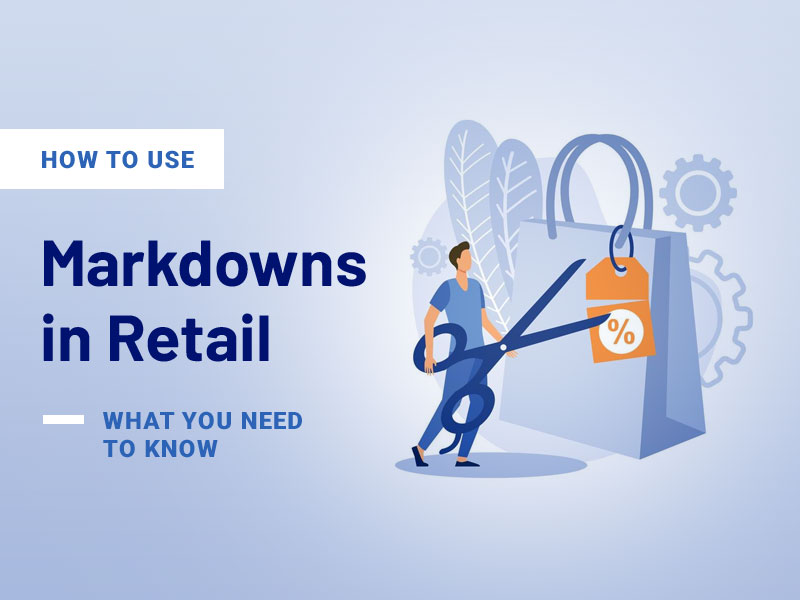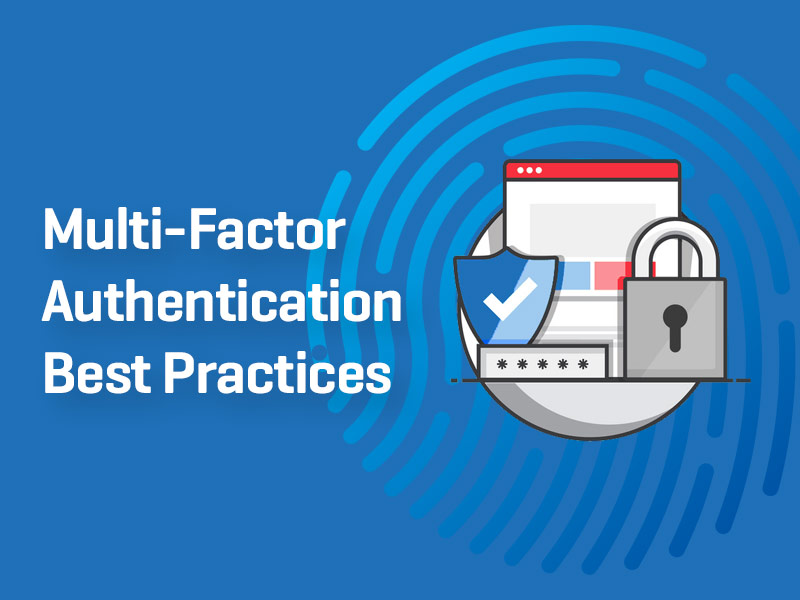Regardless of how well your company is doing, you always want to maintain a sustainable business that will last for many years. You want to keep every dime you so rightfully earned because of this. Things might not always go as planned, and some of your costs could seem excessive to your clients. In exceptional circumstances, such as a financial crisis or a pandemic, you can require more money quickly. Retail markdowns are thus required in order to sell these products.
Some people may find markdown in retail unsettling since they feel like they are losing money. They will, however, turn into revenue producers if you know how to select the proper items and the appropriate percentage.
Let’s examine what retail markdowns are and how to develop a markdown plan.
Retail Markdown – What Does It Mean?
A retail markdown is a decrease or devaluation from the product’s original scheduled price. When you wish to boost sales momentum, you often apply it to a product or goods that aren’t selling as quickly as needed.
What Distinguishes a Discount from a Markdown?
There is frequently confusion between markdown and discount. While both may signify the same thing to a customer, they mean very different things to a store. A markdown lowers the product’s price, whereas a discount is often provided at the point of sale and is used for bulk purchases.
Assume you own a bakery where you sell five different types of cakes, each costing $30. One cake doesn’t sell well, therefore the price is reduced by 15% to $25. A consumer will spend $25 if they purchase this cake.
However, if a $7 loyalty discount is used, the client just pays $18. Because of the loyalty discount, the devoted client chooses a different cake without a markdown and pays $25 instead of the initial $30. Friends and family, employee, and loyalty discounts are common discount categories. Customize your prizes according to your company model’s invoice volume or frequency of sales.
Why Is It Crucial for Retailers to Have a Markdown Strategy?
The significance of the retail markdown strategy lies in its direct correlation with increased sales and stock reduction. The apparent reality of overstocked shop shelves, weaker sales numbers, and declining purchasing power might befall you if you don’t have a discount plan. One potential drawback is that having idle inventory in your business will prevent you from buying fresh items to sell to your clientele.
A discount plan is also an excellent approach to increase foot traffic to your retail location. This gives you an opportunity to close more deals with these clients. They could target your lower margin, but in the end, they will increase your profit.
Ten Stages for Developing a Retail Markdown Strategy
- 1. Keep closely checking your sales measurements, realizing that improvement and advancement in retail dynamics depend on measurement.
- 2. Ensure you track weekly and month-to-cover data thoroughly to see how your sales momentum is changing.
- 3. Avoid using general markdowns that apply to every item when implementing your markdown approach; instead, concentrate on the product group level. By customizing tactics for each product, you may prevent needless earnings losses.
- 4. Starting with a small proportion of markdown, keep in mind that this is an experimental stage where changes could be required. It is essential to be flexible while modifying prices several times.
- 5. Before deciding on a reduction, give yourself enough time and remember that slow sales might result from seasonality or new trends.
- 6. Recognize that different product categories have different periods; for example, rapid fashion cycles run about 60 days, whereas technological items, like iPhones, could have more extended selling periods.
- 7. Steer clear of using markdowns as your main retail tactic to avoid having your business perceived as a hub for discounts. Make better use of past data to enhance your first price plan.
- 8. Develop customized markdown techniques by adapting your strategy to the locations of numerous businesses. This is especially crucial for seasonal things like beach towels, fashion items, and air conditioners.
- 9. Pay close attention to the retail calendar and plan your markdown applications around holidays and Black Friday to maximize sales.
- 10. Choose the appropriate fonts and colors to enhance the appearance of your point-of-purchase displays. Using marketing as the catalyst, turn markdown times into special occasions that thrill and give customers a sense of exclusivity.
Why Isn’t the Markdown Strategy Working?
Poorly thought out, executed, and understood markdown methods lead to failure. Making quick decisions results in more than necessary profit loss. Markdown timing will need to be a part of your annual strategy. Being agile is a valuable addition to your plans. The most effective markdown approach will combine planning and flexibility.
You must set aside a specific area for your discounted goods even while designing your retail establishment’s layout. This will adequately point your clients. Since marked-down merchandise typically remains toward the rear of the shop, markdown customers may also see the newest goods.
Markdowns are lessons to be learned. When looking back at your year’s sales, consider the circumstances around the discount, its reason, and how it affected your sales overall.
Steer clear of over-relying on markdowns. Excessive markdowns are not the best way to operate your organization; you should use more brilliant pricing techniques. Remember that your company’s profitability is what keeps it alive.
Related: How to Grow Your Retail Business – Expansion Ideas






